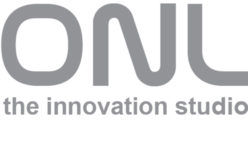Turbulent history
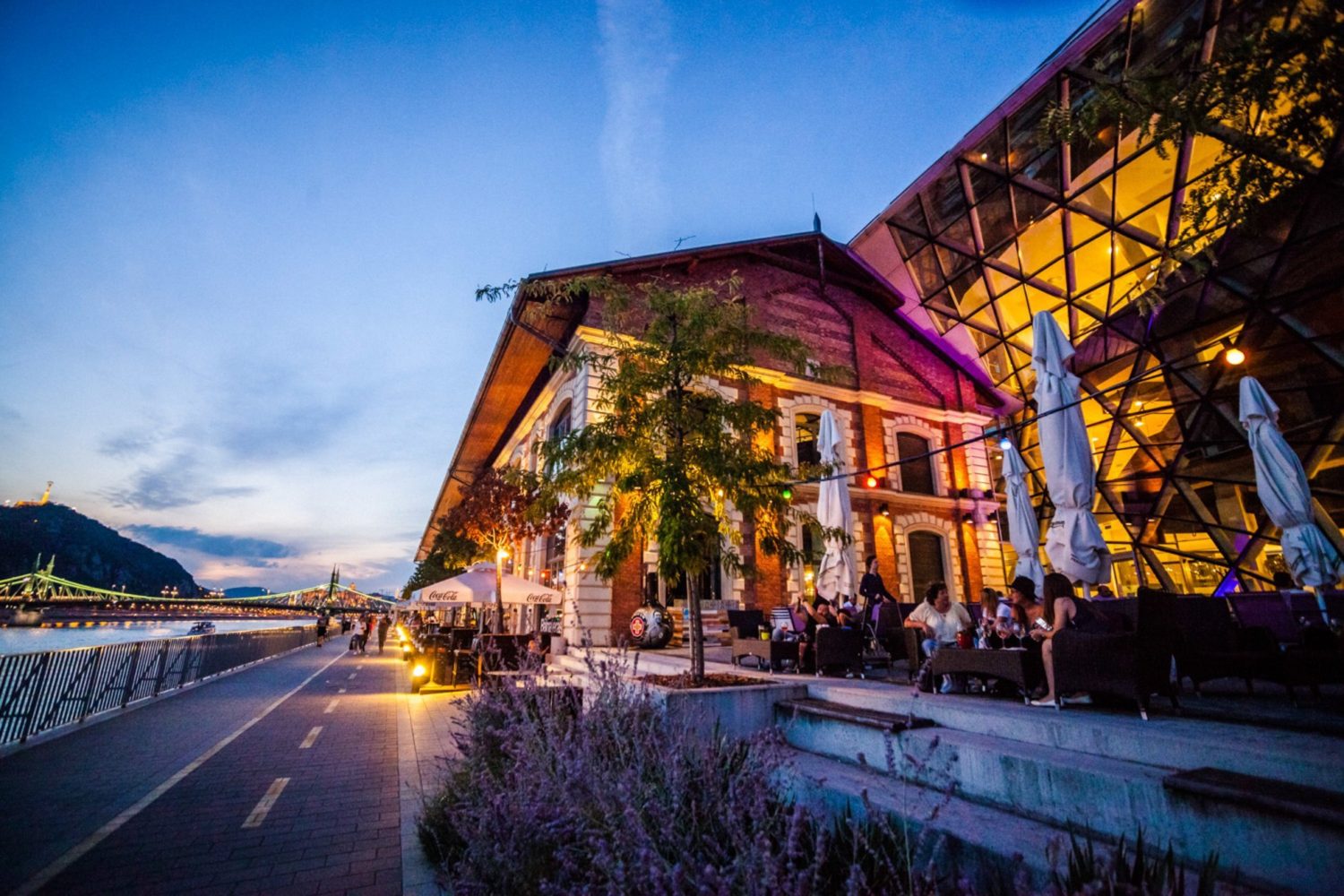
The Bálna has known a turbulent recent history, frictions between designer and developer in the design process [2007-2009], mismanagement by the developer in the construction phase [2009 – 2013], enforced sale to the City of Budapest [2013], and painful underuse of the iconic structure during the 6 years of operation [between 2013 and 2019], and now recently sold to the State of Hungary. But all of that is not the subject of this blog, I am not going to dig into the Bálna’s troubled past, I want to look forward.
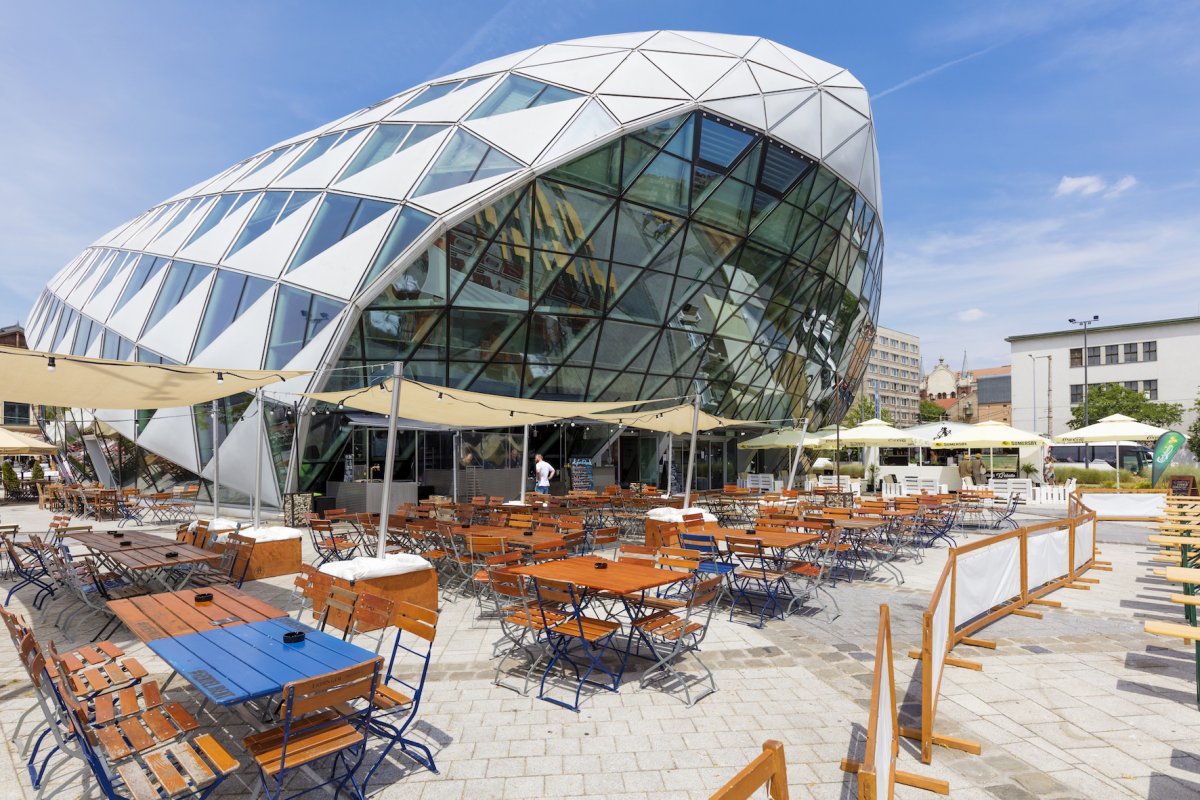
Sold again
Now this June 2019 the Bálna has been sold to the Hungarian National Asset Management Inc. [MNV]. The fact is that all current rental contracts are terminated, except for the restaurants and bars, which were actually thriving during the last few years, by and large because of its unique location directly facing the Danube. No-one seems to be informed what is the intention of the State of Hungary with the Bálna. What are they up to? As always, there are spicy rumours, and these rumours keeps the imagination alive.
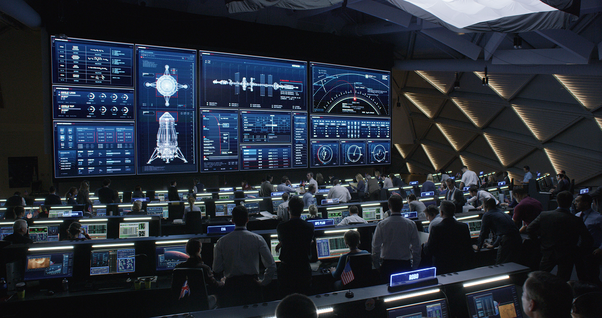
Now what?
Although it is not my business, I can not help but thinking of a better business concept for the Bálna. For better and for worse, I have seen during the past years excellent activities, there have been conferences and concerts that fit perfectly in the main event hall and the lobby in front of the event hall at the second floor. This same main event space has been the NASA headquarters control room in the film The Martian. Great film, so happy to see so many shots in the Bálna. I have seen exhibitions of the Budapest Galéria in the renovated old warehouse building on the first floor that were of high quality. I have seen art sculptures in the main space on the first floor above the south plaza entrance of the Bálna, this space did lend itself perfectly to show objects in a well-lit space. The light comes from 3 sides. I have seen fitness classes in the open space above the city entrance, sure a fine place to exercise, with a unique view on the Gellért Hegy and the Szabadság Híd.
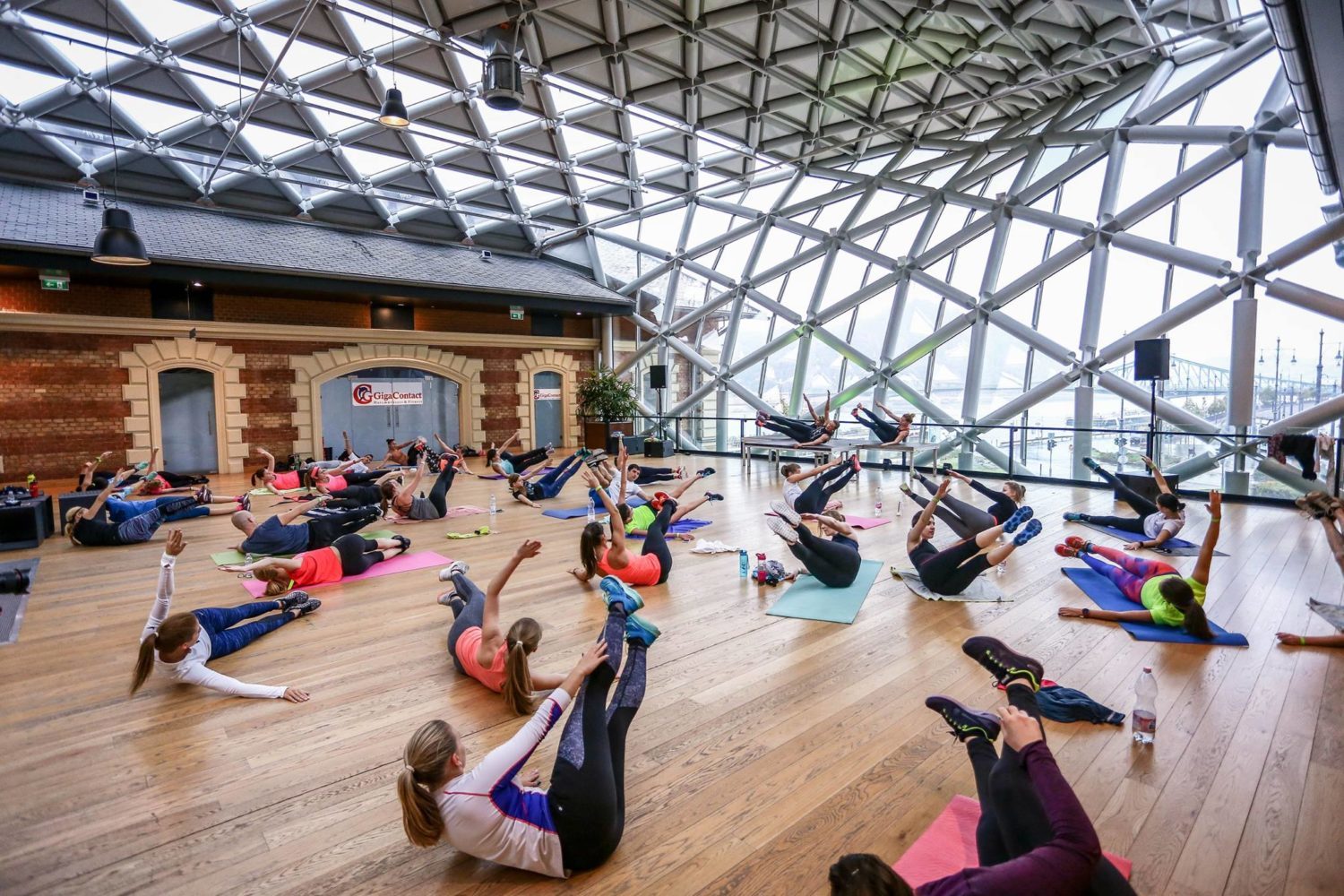
Not a shopping center
Yet, it has been painful to see all these years that the shops and the bazaar-like basement space did not function at all. The Bálna simply does not lend itself for that. The 3 levels In the first place it does not have enough critical mass to facilitate the look and feel of a shopping center. And, above all, the Bálna does not have a proper connection to the main routes tourists take. They prefer Rádai Street, since that is the extension of the Váci Utca. as was anticipated in the master plan of the IXth district, the public would walk round from Váci to Rádai, then southbound to the Bálna and back again along the Danube to the Nagycsarnok. But in reality no-one takes that full trip. The Nagycsarnok is a destination, and the public stays there and returns. The Rádai Street is a destination, the public gets something to eat and returns to the Pest city center. And indeed, the Bálna has become a destination in itself, where the public goes to have a beer in the Jonás, or sit at one of the many terraces directly facing the Danube, only separated by a bicycle path.
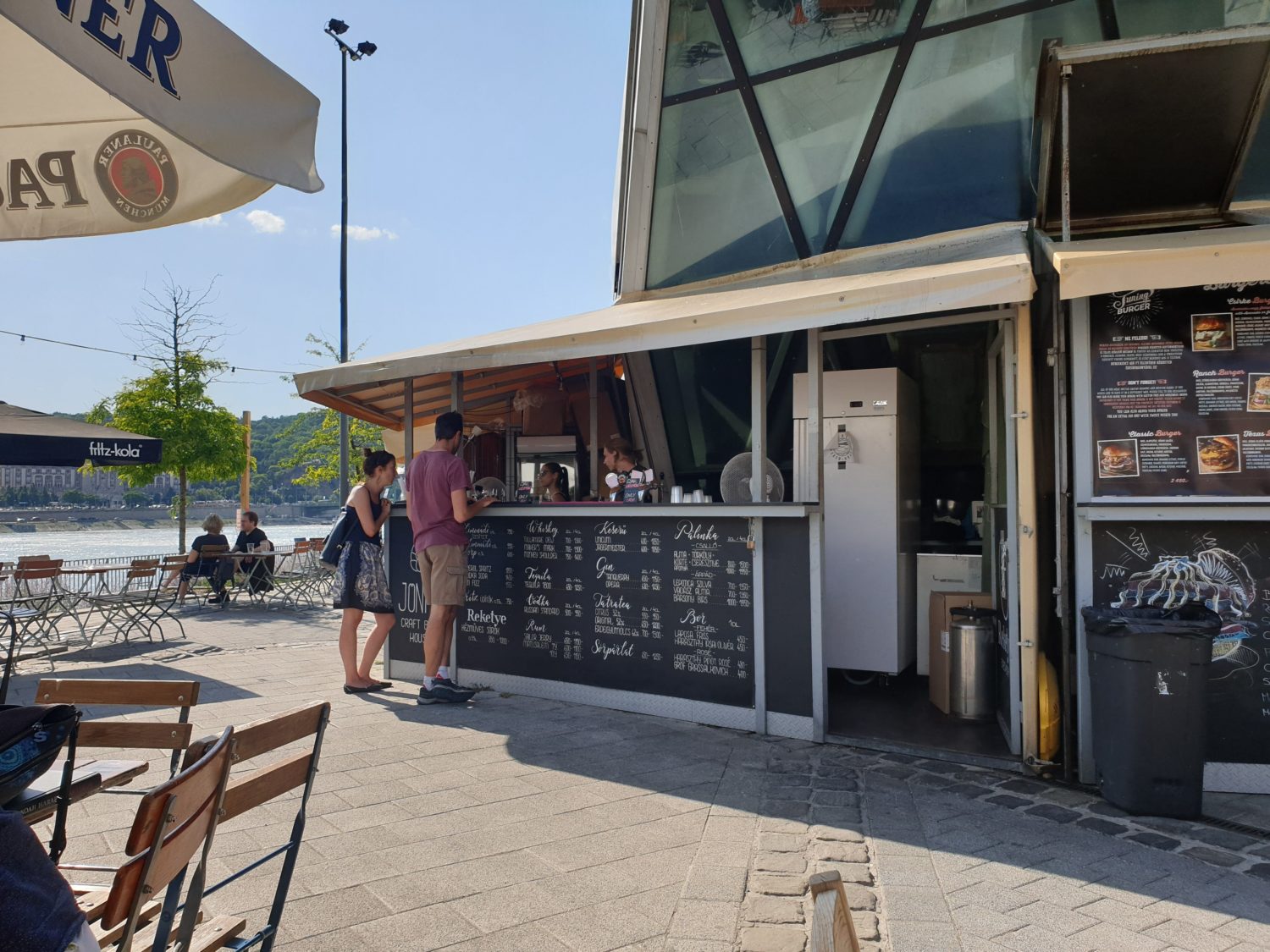
What else would work?
If not a shopping mall, what would work? Well, not a National Coin Museum, as was suggested a few years ago by the then potential buyer Matolcsy György, the governor of the MKB Bank. Yes, people love money, but I bet they rather have it in their pockets than in a museum. That idea did not make fortunately. No, I believe the Bálna needs a combination of intense cultural and commercial programming, as was the original idea when the television personality and former rapper Geszti Péter still was in the picture as a possible candidate to do the programming.
Intense programming
I believe that deep programming could be a succesful business model for the Bálna, whereas the main event hall would function as the big gathering space, and all other spaces to interact with what the participants want to showcase. Events like the Budapest Design Week, a B2B Trade Show, the Budapest Art Week, the Next Web conference, the World of Architecture Festival, Cityscape Budapest [international real estate fair], BIG5 Expo [construction industry], AGROmashEXPO [agriculture, urban farming], the Art Market Budapest, Budapest Art Week, the B-Day 2.0 Blockchain Conference, the Budapest Motor Show, just to name a few current events thst potentially could take place in the Bálna. Basically anything that operates at the cutting edge of culture and commerce. Wouldn’t you want to see the Bálna filled with cutting edge car design? As last year’s Lexus advertisement suggested?
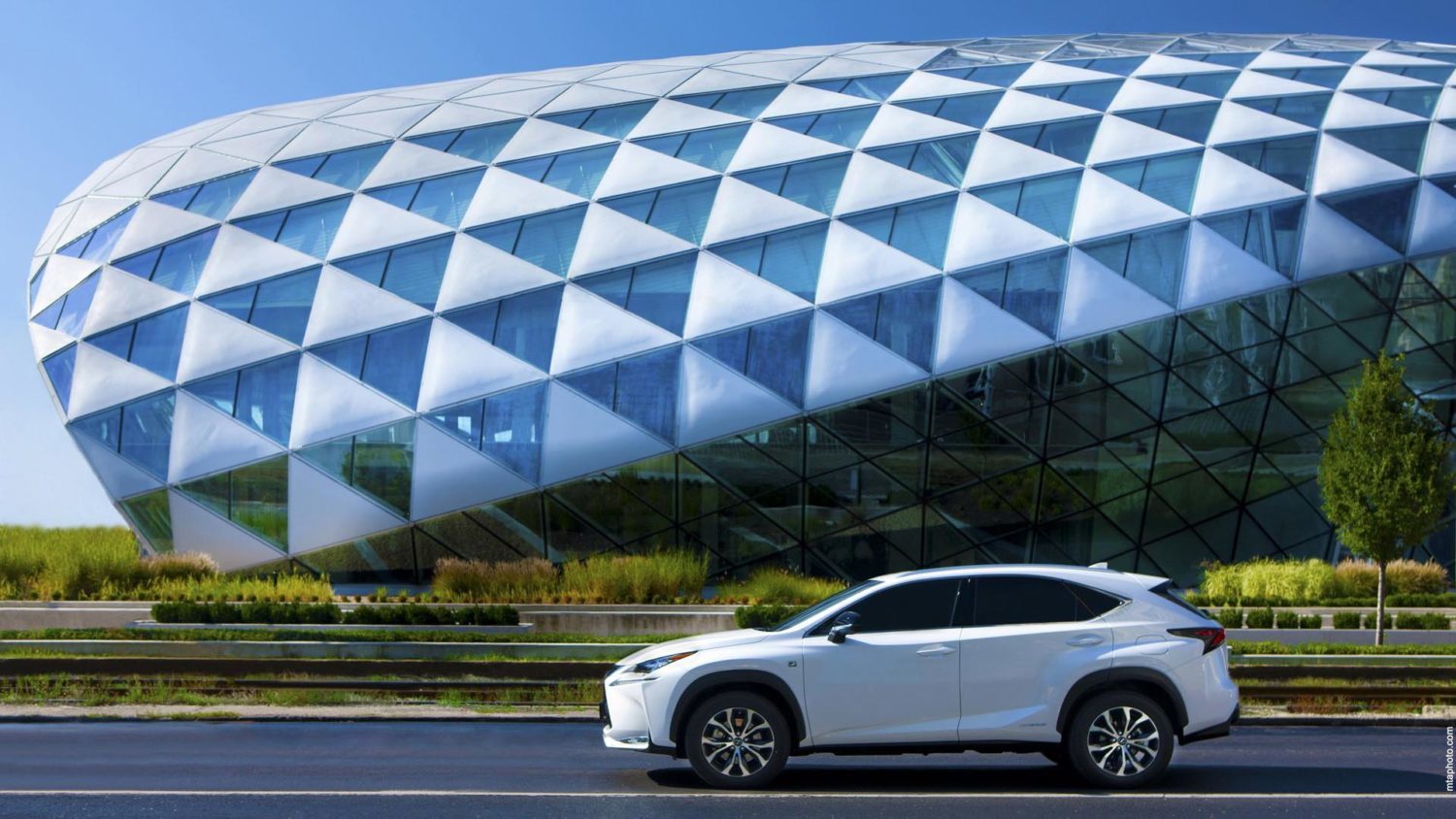
The Bálna naturally facilitates to showcase brands and products in smaller and bigger exhibition spaces, all directly connected to the open streets, interaction with the public is guaranteed. The basement would find its natural destination for private presentations and later in the day, for nightclubbing, again, as it was before the whole enterprise to renovate and redevelop the former salt warehouses started. I believe this could work: the bars and restaurants in the Danube side of the almost symmetrical Bálna building, and in the basement; conference and event center in the new volume while populating the open streets during the events between the former oblong warehouses, therewith creating an open dialogue between the public and the participants of the events. In fact it has partly functioned as an event venue for parts of the building, but never properly developed as the base concept for the Bálna as a whole. A inventive combination of popular culture and professional events could do the trick.
Kas Oosterhuis | architect of the Bálna | Nagymaros July 2019
